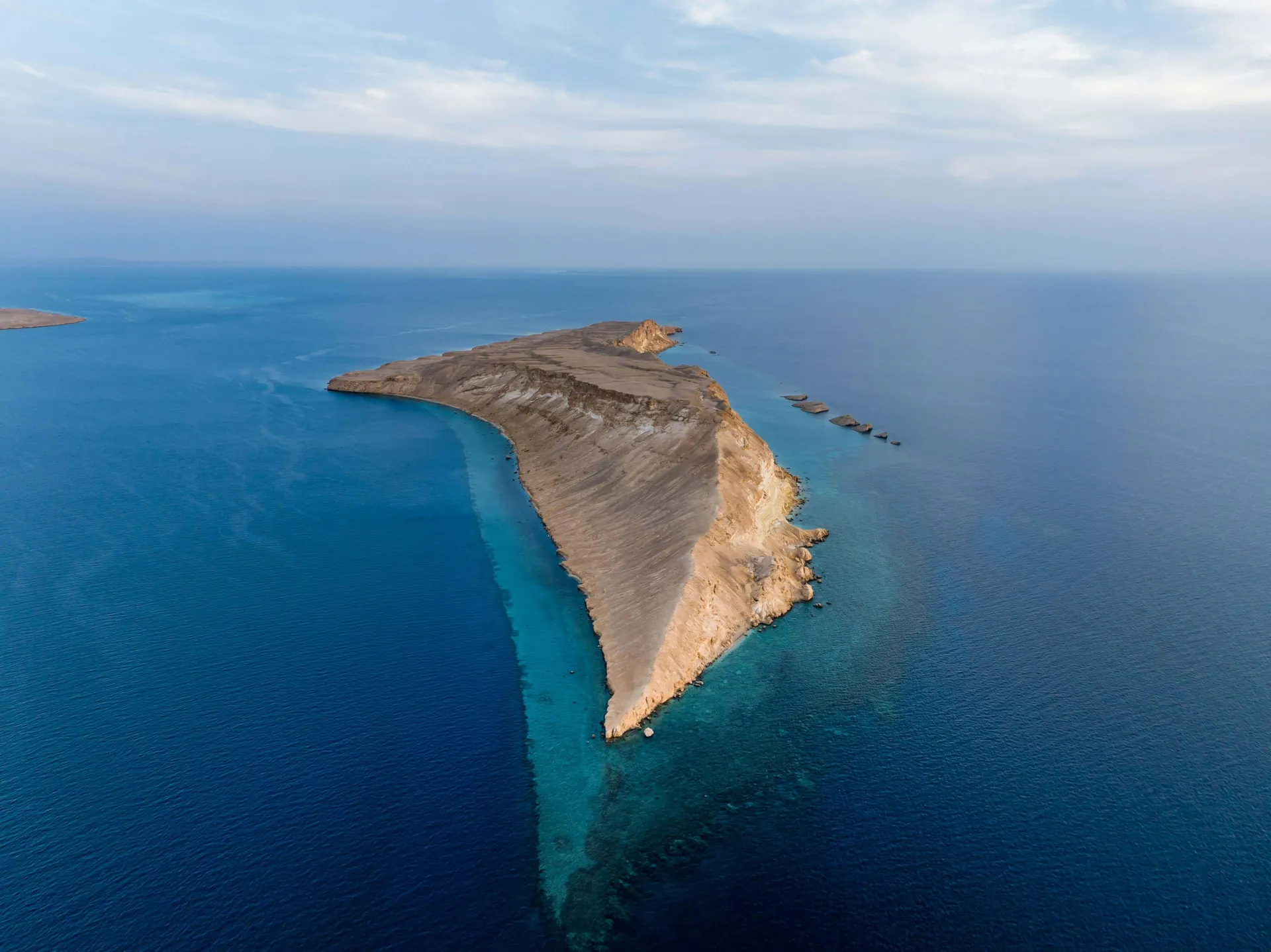Exploring Historical Monasteries of the Red Sea: Ancient Ports, Coptic Heritage, and Cultural Festivals
The Red Sea’s Ancient Ports and Coptic Monasteries: A Journey Through Time
The Red Sea region is renowned not only for its thriving marine life and vibrant tourism opportunities, but also for its profound historical and spiritual legacy. Scattered along the arid coastline and nestled in remote desert valleys are some of Egypt’s most enduring symbols of faith—ancient Coptic monasteries. These spiritual sanctuaries, established centuries ago near the Red Sea’s fabled ports, have survived invasions, trade booms, and the test of time. Today, they offer an immersive window into Egypt’s Christian heritage, drawing history enthusiasts, spiritual seekers, and culturally curious travelers alike.
In this guide, we explore the historical monasteries of the Red Sea, their connections to ancient ports, and how they continue to shape Red Sea tourism. Whether you are interested in architectural marvels, Red Sea cultural festivals, or the living traditions of the Coptic Church, these sites promise a rich addition to your itinerary.
Unveiling the Spiritual Legacy: Major Monasteries Near the Red Sea
St. Paul’s Monastery: The Anchorite’s Refuge
Tucked away in the Eastern Desert, St. Paul’s Monastery stands as one of the oldest Christian monasteries in the world. Founded in the 4th century AD, it commemorates St. Paul the Anchorite, believed to be Egypt’s first hermit. The monastery’s remote location—accessible via winding desert tracks from ancient ports along the Red Sea—helped preserve its sanctity and traditions through centuries of upheaval.
Visitors discover a living community where Coptic monks maintain ancient rites, illuminated manuscripts, and age-old iconography. The monastery’s fortress-like walls, austere chapels, and tranquil gardens evoke a sense of timelessness, making it a compelling stop for those exploring Hurghada or planning a sailing and cultural tour along the Red Sea.
St. Anthony’s Monastery: The Cradle of Monasticism
Located at the base of the Red Sea Mountains, St. Anthony’s Monastery is considered the oldest active monastery in the world. Established in the 4th century, it has served as a spiritual haven for pilgrims, scholars, and travelers drawn to its serene environment and historical significance. The complex includes ancient churches, a library of rare Coptic manuscripts, and vibrant frescoes depicting biblical scenes.
The monastery’s historical ties to nearby ancient ports underscore the region’s importance as a crossroads of faith and commerce. Many travelers combine visits here with excursions to Sharm El Sheikh or Red Sea wildlife watching tours, blending spiritual discovery with natural wonders.
Historical Context: Ancient Ports and Monastic Life
The Red Sea’s strategic location linked Africa, Arabia, and the broader Mediterranean world for millennia. Ancient ports such as Berenice, Myos Hormos, and Quseir functioned as gateways for trade, religious exchange, and migration. Early Christian monks, seeking solitude and spiritual purity, established monasteries near these bustling hubs—often within reach of sacred mountains and oasis springs.
The proximity of these monasteries to ancient ports facilitated the movement of pilgrims, sacred texts, and religious relics. Many of the region’s monastic communities also played a role in caring for travelers and offering refuge to those traversing the arduous desert routes. Their continued preservation offers a tangible link between the maritime heritage of the Red Sea and the spiritual traditions that flourished along its shores.
Red Sea Cultural Festivals: Celebrating Coptic Heritage
The enduring influence of the region’s monasteries is celebrated annually through vibrant Red Sea cultural festivals. These events highlight Coptic music, liturgical art, and culinary traditions, creating a bridge between ancient customs and modern expressions of community. Many festivals coincide with the feast days of revered saints, drawing local families, pilgrims, and cultural tourists to the monasteries’ courtyards.
- Feast of St. Anthony: Marked by processions, traditional chants, and communal meals, this festival honors the founder of Christian monasticism.
- Coptic Easter: Celebrated with midnight vigils, illuminated icons, and the sharing of special breads.
- Red Sea Heritage Week: A broader regional event that includes historical reenactments, art exhibitions, and guided tours to key monastic sites and ancient ports.
For those interested in participating, it is advisable to plan ahead and consult the Red Sea Quest blog for updated festival dates and travel tips.
How to Visit: Practical Insights for Red Sea Travelers
Itineraries Combining Monasteries and Red Sea Attractions
Many visitors choose to combine monastery visits with other top Red Sea attractions. For example, a multi-day itinerary might include a morning at St. Anthony’s Monastery, followed by an afternoon exploring the coral reefs of Giftun Islands or the protected landscapes of Ras Mohammed National Park. This approach allows travelers to experience the Red Sea’s diverse cultural and ecological offerings in a single journey.
- Guided tours: Opt for tours led by knowledgeable guides who can offer historical context and facilitate respectful interactions with the monastic communities.
- Appropriate attire: Modest clothing is required when entering active monasteries. Women should cover their hair and arms; men should avoid shorts.
- Permits and access: Some monasteries may require advance permission for entry, especially during major festivals or restoration periods.
- Best time to visit: The cooler months from October to April offer the most comfortable conditions for desert travel and coincide with many cultural events.
Red Sea Tourism and Sustainable Exploration
Respecting the spiritual significance and fragile environments of these sites is essential. At Red Sea Quest, we are committed to responsible tourism that supports local communities and preserves the region’s unique heritage. For more on our environmental initiatives and tips for eco-friendly travel, visit our sustainability efforts page.
Key Takeaways: Why Historical Monasteries Matter
- The Red Sea’s ancient monasteries serve as living testaments to Egypt’s spiritual and cultural evolution.
- Their proximity to ancient ports underscores the region’s longstanding role as a crossroads of faith, trade, and cultural exchange.
- Attending Red Sea cultural festivals or joining a guided excursion offers an immersive experience that connects past and present.
- Responsible tourism ensures these treasures endure for future generations.
Plan Your Red Sea Heritage Adventure
Whether you are a history aficionado, a spiritual traveler, or simply curious about Egypt’s diverse legacy, the monasteries of the Red Sea offer an unparalleled journey into the heart of Coptic tradition and ancient maritime culture. We invite you to explore our sailing and cultural tours, read more on our travel blog, or contact our team for personalized advice on planning your itinerary. Uncover the enduring legacy of the Red Sea’s monasteries—and let your adventure begin.



